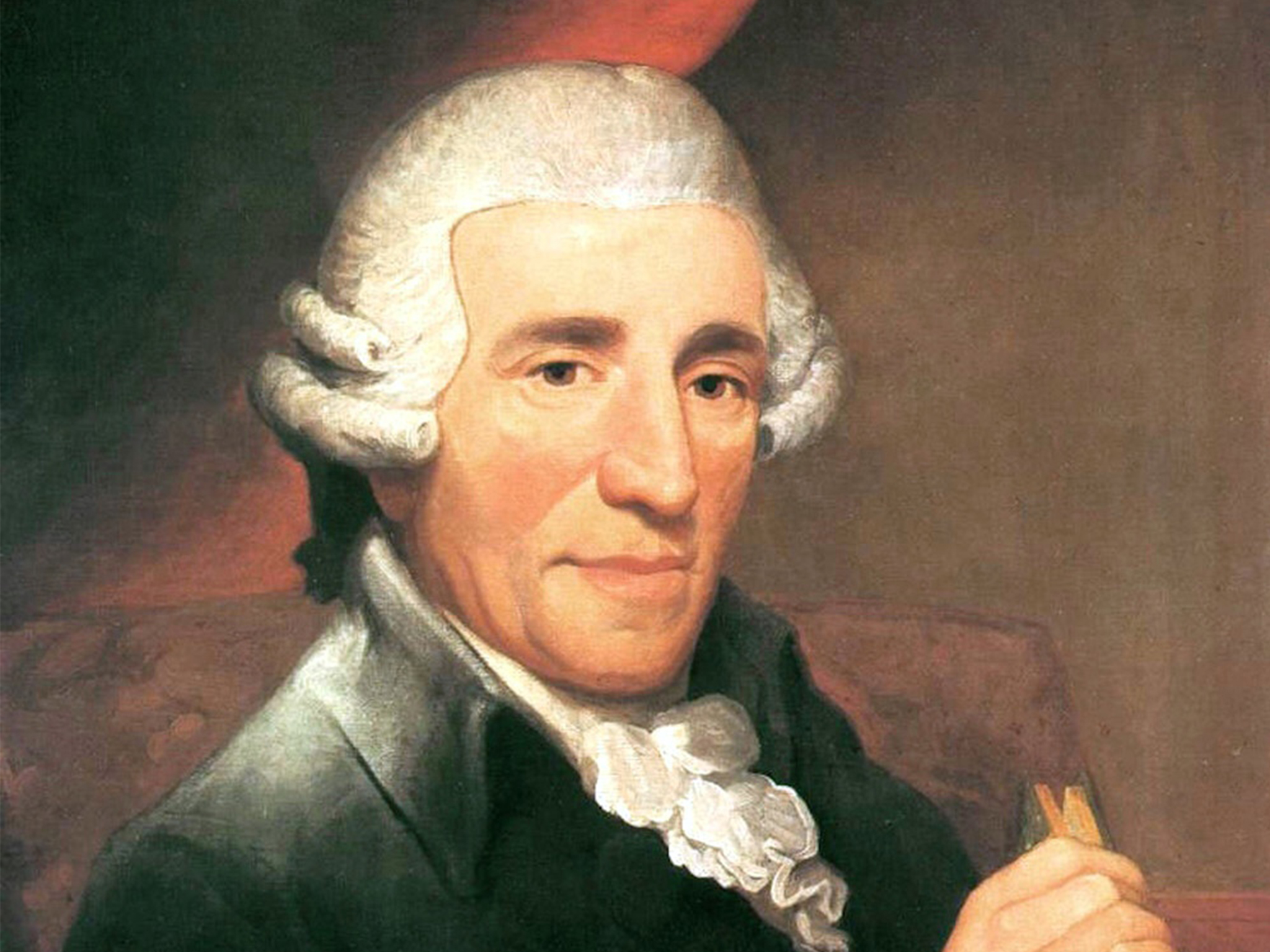Joseph Haydn, often referred to as the “Father of the Symphony,” composed over 100 symphonies during his lifetime, each with its own unique character. Among these, Symphony No. 94 in G major, commonly known as the “Surprise” Symphony, stands out as one of his most celebrated and beloved works. Its nickname, inspired by a single unexpected musical gesture, has intrigued and delighted audiences for centuries.
Origins and Context
The “Surprise” Symphony was composed in 1791, during Haydn’s first trip to London. At the time, the composer was already immensely respected across Europe. However, this visit marked a new chapter in his career. He had been invited by the impresario Johann Peter Salomon to present a series of concerts in the English capital, where public concerts were booming, and audiences were eager for sophisticated yet entertaining orchestral music.
Symphony No. 94 was part of a group of works later known as the “London Symphonies” (Nos. 93–104), which Haydn wrote specifically for these concerts. The symphony premiered on March 23, 1792, at London’s Hanover Square Rooms, to an enthusiastic reception.
The Famous “Surprise”
The symphony’s moniker stems from a singular moment in the second movement (Andante). The movement begins softly with a gentle and lyrical melody in a theme-and-variations form. Then, seemingly out of nowhere, comes a sudden, loud chord—a fortissimo explosion that startled many in the audience, hence the nickname “Surprise.”
There has been much speculation about Haydn’s intentions. Some stories suggest he added the chord to wake up sleepy listeners or to distinguish his symphony from others being performed at the time. While the truth remains uncertain, the effect was unmistakable—and unforgettable. It instantly gave the piece a unique identity and cemented its place in concert history.
Structure of the Symphony
Like most of Haydn’s mature symphonies, No. 94 follows the classical four-movement structure:
- Adagio – Vivace assai
The symphony opens with a slow introduction that leads into a bright and energetic first movement full of rhythmic vitality and clever thematic development. - Andante
The most famous movement, featuring the gentle melody interrupted by the “surprise” chord. Haydn proceeds with a series of imaginative variations on the main theme, showcasing his wit and inventiveness. - Menuetto: Allegro molto
A vigorous and somewhat rustic dance movement, this minuet exhibits Haydn’s mastery of classical form with lively rhythms and delightful contrasts. - Finale: Allegro di molto
The symphony concludes with a spirited and driving finale, full of momentum and playful dynamic shifts, wrapping up the work with exuberance and flair.
Legacy and Impact
Haydn’s “Surprise” Symphony quickly became a favorite among concertgoers and remains a staple of the orchestral repertoire to this day. The unexpected chord in the second movement has become one of the most iconic moments in classical music—often cited as an example of Haydn’s humor and genius for engaging his audience.
More broadly, the symphony exemplifies Haydn’s skill in balancing formal elegance with emotional expression. It also highlights his ability to entertain without compromising artistic integrity, a quality that endeared him to audiences throughout his life and continues to do so more than two centuries later.


Comments are closed